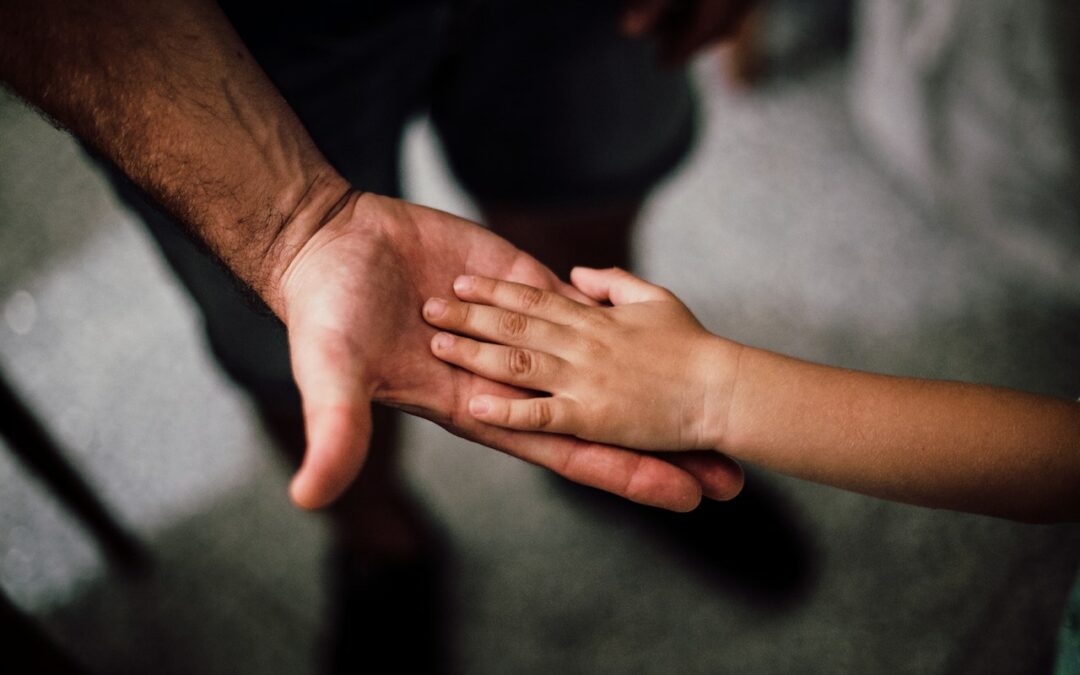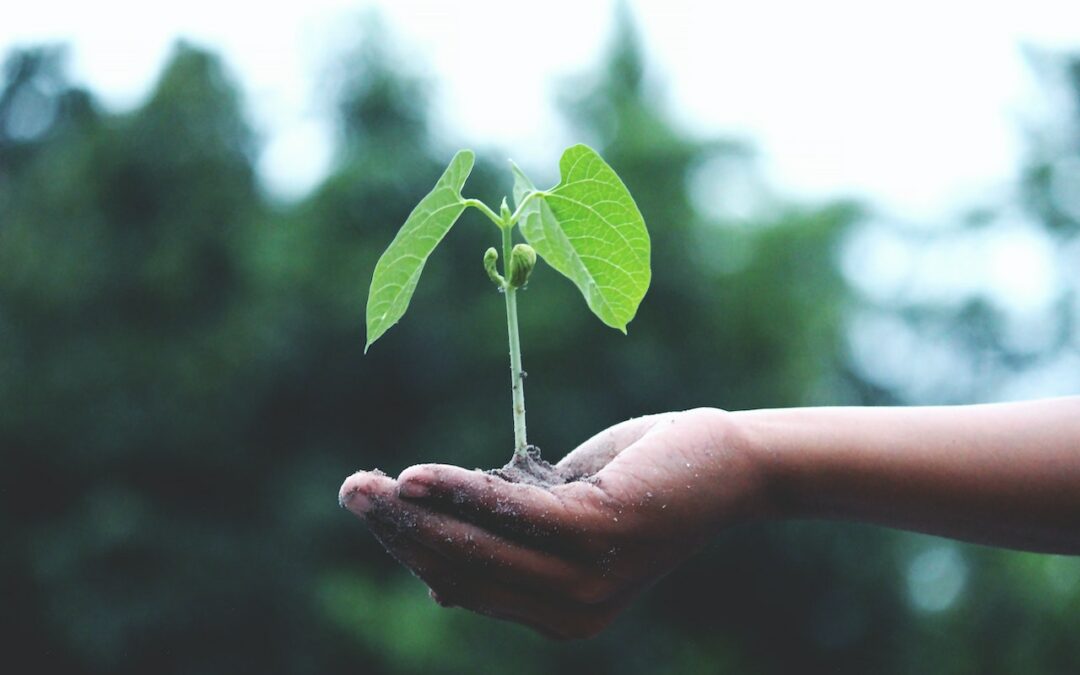
Mobilizing Finance for Climate Outcomes through USAID’s Climate Finance for Development Accelerator
Mobilizing Finance for Climate Outcomes through USAID’s Climate Finance for Development Accelerator
jschoshinski
Tue, 01/09/2024 – 20:25
When USAID set a target to mobilize $150 billion in finance for climate at COP26, a lot of people thought it might have been another overly-zealous commitment that had little bearing on reality. Truth be told, it is a stretch for the Agency, which in prior years mobilized an average of $6 billion per annum. Why then would USAID set such an ambitious target when foreign assistance broadly is unlikely to increase? We bet on the fact that with new ways of working and better, more consistent measurement, we can rapidly accelerate our net-zero pathway to assist developing economies to meet climate mitigation and adaptation needs.
At COP27, USAID took significant strides forward by introducing innovative mechanisms aimed at achieving our ambitious targets. Among these initiatives, the Climate Finance for Development Accelerator (CFDA) stands out. This groundbreaking platform was designed to broaden access to USAID for a diverse spectrum of stakeholders within the climate finance ecosystem. CFDA serves as a vital hub, facilitating collaboration between climate finance providers and seekers, fostering alignment of efforts, maximizing impact, and streamlining operational efficiency in partnerships with private climate finance actors. USAID has utilized CFDA as a dynamic testing ground, piloting diverse mobilization approaches to finance climate adaptation, clean and renewable energy, nature-based solutions, and women-led and women-benefitting climate solutions. Simultaneously, CFDA spearheaded the establishment of a robust Climate Finance and Investment Network, boasting an extensive membership of over 800 engaged stakeholders.
Remarkably, within just one year CFDA has operated with exceptional speed, achieving multiple milestones, including:
Announcing the selection of six enterprises with promising adaptation solutions to receive grants under the first round of the Adaptation Finance Window.
The Adaptation Finance Window aims to accelerate the pace of private investment and market development for climate adaptation by providing catalytic capital to de-risk investments, remove barriers to investment, and bring in bilateral donors with shared objectives to streamline funding for applicants. In this first round, CFDA is providing catalytic grant funding to help companies with promising adaptation solutions get from concept or pilot to launch–or to scale products and services to new markets. With CFDA’s support, a top-tier cohort of local and international companies operating in Africa and Asia will scale parametric climate insurance coverage for farmers; enhance market-based water collection, storage, and use efficiency; and support businesses themselves to be resilient to climate hazards.
Launching a second call for proposals under the Adaptation Finance Window seeking adaptation-focused investment funds and vehicles.
The Adaptation Finance Window works on both the demand side of adaptation finance (companies and enterprises seeking capital) and the supply side (investment funds looking to achieve scale and identify bankable projects). Following on the heels of the Window’s first round, CFDA launched a second round to provide a suite of financing tools–from grants to credit guarantees–to innovative funds or investment vehicles that will deliver significant outcomes for climate adaptation. This is the first joint call for proposals under the newly formed Investment Mobilization Collaboration Agreement (or IMCA, launched at COP28), a partnership between the U.S. and Nordic countries to facilitate concrete pipeline collaboration, knowledge sharing, and the establishment of blended finance vehicles to catalyze private capital into Africa, Asia, and Latin America at scale and speed.
Naming two awardees under the Blended Finance for the Energy Transition initiative: responsAbility Investments AG and Eversource Capital.
The Blended Finance for the Energy Transition (BFET) initiative aims to mobilize $1 billion to accelerate emerging markets’ efforts to achieve a just and resilient energy transition and limit global temperature rise to 1.5°C. It is a unique partnership between USAID; the U.S. Department of State, in collaboration with the U.S. Special Presidential Envoy for Climate; and the Danish Ministry of Foreign Affairs and Investment Fund for Developing Countries. BFET selected two private sector partners launching innovative financial vehicles that will mobilize and deploy capital into investments that accelerate the just energy transition in emerging economies with high emissions. These partners will receive catalytic grant funding from BFET to help better align investment opportunities with the needs of institutional investors and other capital providers, unlocking new, deep pockets of capital for the energy transition. BFET will also work with them to ensure local communities benefit from the transition to clean energy, incorporating analysis of job creation and job quality into their fund management approaches.
Welcoming the Ocean Risk and Resilience Action Alliance as the anchor partner under the Coastal Resilience, Carbon, and Conservation Finance initiative.
CFDA launched the Coastal Resilience, Carbon, and Conservation Finance initiative to encourage the flow of private sector capital into coastal resilience and blue carbon projects that generate biodiversity conservation, climate mitigation, and adaptation outcomes while ensuring that local communities benefit. Through a competitive process, CFDA selected the Ocean Risk and Resilience Action Alliance to leverage its considerable expertise in driving investment into ocean resilience to lead two efforts: identifying a pipeline of bankable biodiversity, coastal resilience, and blue carbon projects in countries where USAID works; and cultivating a community of blue carbon and coastal resilience experts to share knowledge and strengthen global understanding of best practices. These activities will serve as a foundation for future USAID partnerships with local stakeholders that build capacity to develop bankable, climate-positive projects and address information asymmetries between local communities and investors–leading to investments that safeguard local resources and livelihoods.
Adding a first cohort of women-led organizations selected to receive grants, a new founding member, and an additional $5 million commitment from USAID to the Climate Gender Equity Fund.
A year after launching the Climate Gender Equity Fund (CGEF)—a public-private partnership focused on catalyzing gender equity in climate finance—USAID and Amazon, along with grants manager 2X Global and CGEF’s other founding members, announced the first cohort of women-led organizations selected to receive grants from CGEF, each of which is focused on advancing gender-equitable climate action in Africa. The three organizations selected are a women-led acceleration hub in Nigeria that is scaling new climate technologies; an accelerator in South Africa that supports female science, technology, engineering, and math business founders; and an incubator in Kenya that focuses on women entrepreneurs working on climate-smart agriculture solutions. Since CGEF launched last November, its founding members, including USAID, Amazon, Reckitt, Visa Foundation, and now The UPS Foundation, have committed a combined $20 million to the fund, with USAID announcing an additional $5 million during COP28. CGEF expects to announce additional grantees in the near future.
Announcing USAID and Prosper Africa’s support for the Green Guarantee Company, the first-ever privately run guarantee company devoted to catalyzing green bonds and loans in partner countries, focusing on Africa, Asia, and Latin America.
The Green Guarantee Company (GGC) will assume the financial risk associated with green bonds and loans to systematically de-risk and effectively catalyze scale-level private investments in climate solutions. By taking a blended finance approach–combining donor funding and private capital– GGC is delivering innovative approaches to mobilizing and localizing greater private investments to fund climate projects. Subject to final documentation, the United States, through USAID, the U.S. Department of State, and Prosper Africa, alongside the UK’s Foreign Commonwealth and Development Office, the Green Climate Fund, Norfund, and the Nigerian Sovereign Investment Authority, intend to contribute to GGC’s initial balance sheet of $100 million, enabling GGC to unlock an estimated $1 billion in new mainstream private capital for climate finance by 2024.
In light of this remarkable progress, USAID looks forward to continuing its work with implementing partners, the private sector, and other governments to make the necessary levels of climate finance a reality in the near future.
Teaser Text
Remarkably, within just one year CFDA has operated with exceptional speed, achieving multiple milestones.
Publish Date
Thu, 01/11/2024 – 12:00
Author(s)
Sashi Jayatileke
Hero Image
DSC03094_edited.jpg
Blog Type
Blog Post
Strategic Objective
Adaptation
Integration
Mitigation
Region
Global
Topic
Adaptation
Biodiversity Conservation
Climate Finance
Climate/Environmental Justice
Climate Strategy
Coastal
Clean or Renewable Energy
Gender and Social Inclusion
Nature-based Solutions
Private Sector Engagement
Sectors
Climate Finance and Economic Growth
Projects
USAID Climate Finance for Development Accelerator (CFDA)



